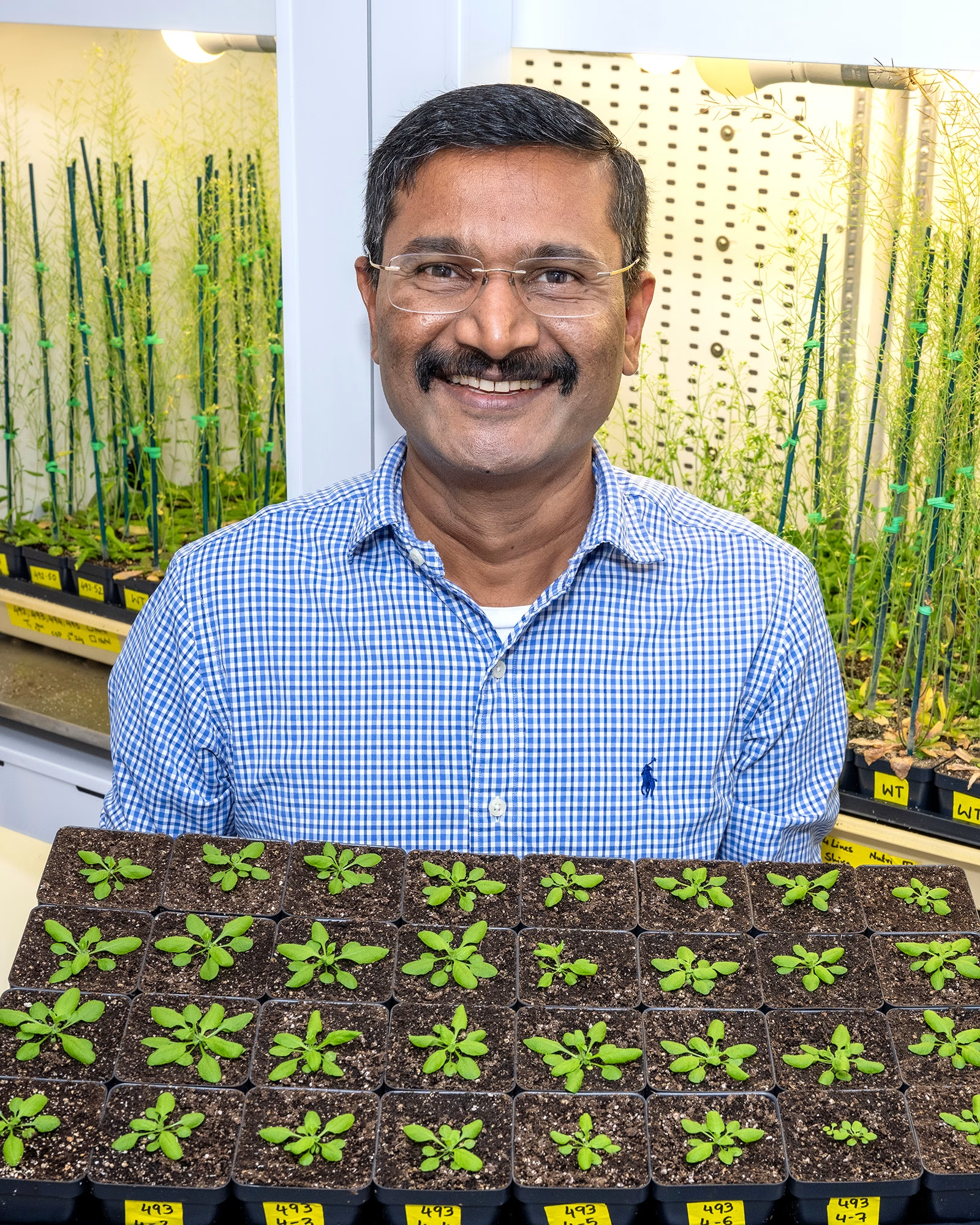INSTITUTE, W.Va. — A West Virginia State University (WVSU) research study is showing how coal-fired power plant byproducts can be used to restore poor-quality soils at coal mine sites while supporting the growth of bioenergy crops. Results of the study were published this fall in the Journal of Environmental Management.
Researchers with WVSU’s Energy and Environmental Science Institute (EESI) explored how flue gas desulfurization (FGD) gypsum, a byproduct from coal-fired power plants, can be used to restore poor-quality coal mine soils and support the growth of a bioenergy crop called camelina.
FGD gypsum is a byproduct when power plants clean sulfur gases from their emissions. Globally, more than 225 million tons of this material are produced every year. About half is used in drywall, but the rest is often discarded in landfills, which creates major waste management challenges.
“Approximately 2.6 million acres of reclaimed coal mine land exists in Appalachia,” said Dr. Sanju Sanjaya, director of the WVSU EESI and associate professor of bioenergy and environmental biotechnology. “Unfortunately, the soil on these lands is usually very acidic, nutrient-poor and unable to support productive crops. Only some wild grasses and invasive plants can survive.”
Sanjaya and his team’s research showed that adding FGD gypsum can improve coal mine soil health on these lands.
“With healthier soils, we were able to grow camelina successfully,” he said.
Camelina seeds can be processed into renewable biodiesel, making this approach both an environmental solution and an energy opportunity.
Additionally, this work helps to reclaim coal-mined lands by utilizing local solutions to generate energy opportunities in the Mountain State.
The full study is available in the October issue of the Journal of Environmental Management.
Follow West Virginia State University on Facebook, Instagram @wvsu_official, and Twitter @WVStateU.
– WVSU –
